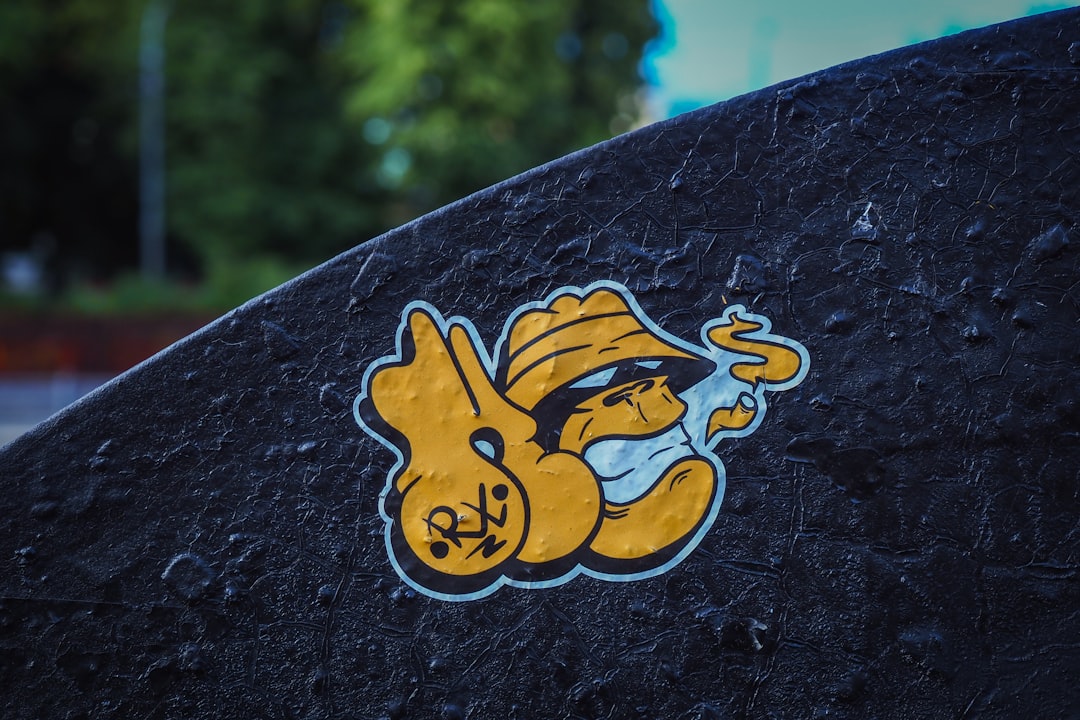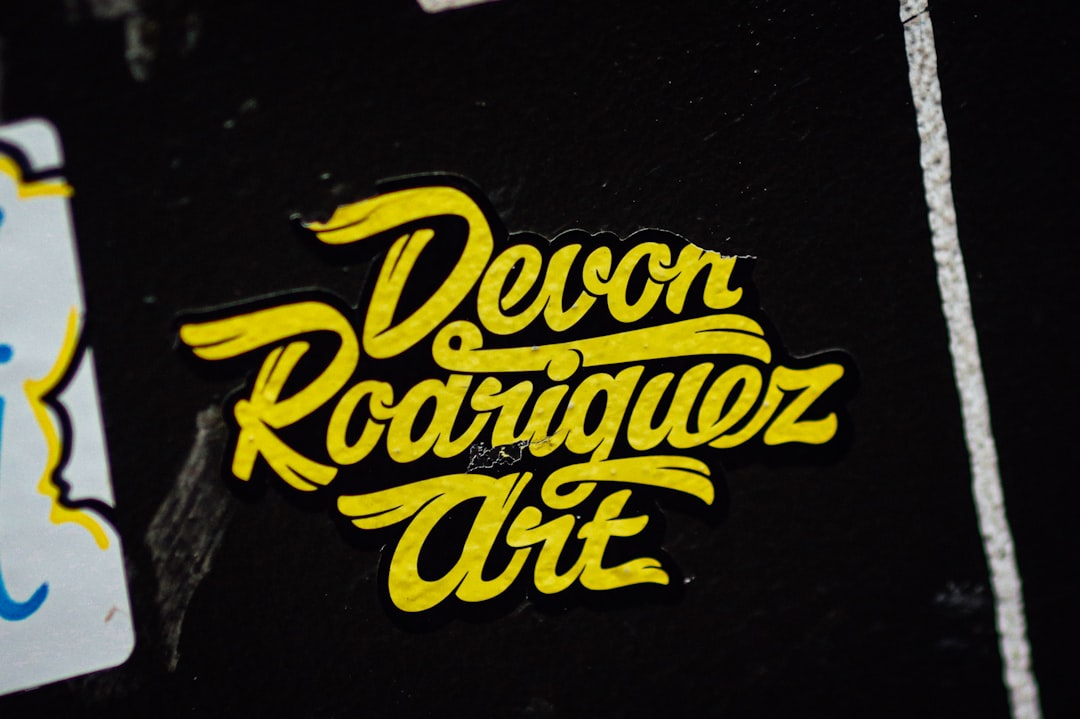The Landscape of Affordable Custom Mascot Logo Design 2025
The Landscape of Affordable Custom Mascot Logo Design 2025 - AI driven methods impacting mascot concept creation
By mid-2025, artificial intelligence has certainly changed how mascot concepts are brought to life, creating new pathways for brands to shape their visual identity. These technological shifts are making it possible for almost anyone, regardless of design background, to produce initial mascot ideas quickly, essentially reducing some of the traditional hurdles in developing brand visuals. Drawing from vast patterns and styles, AI tools can generate concept options aimed at connecting with specific groups, potentially helping with recognition and building connection. While the speed and straightforwardness these tools offer are clear advantages, there's a real question being discussed: does relying heavily on algorithms mean sacrificing some of the unique spark or detailed artistry that a human designer might bring? As AI becomes more common in creating mascots, finding the right mix between automated output and the personal touch that makes a character truly stand out remains a key consideration.
Generative AI tools are showing some interesting capabilities in accelerating the early phases of mascot concept creation.
One impact is the sheer volume and speed of iteration. Current systems, employing parallel processing techniques, can output a multitude of potential mascot designs from simple descriptive text prompts in mere seconds. This fundamentally alters the initial brainstorming stage, enabling rapid visual exploration before human artists refine specific directions.
Furthermore, models trained on extensive collections of artwork and imagery are now generating mascot concepts that exhibit surprisingly intricate details and a range of expressions. While perhaps not always achieving the unique character of a seasoned human illustrator's work, they can produce initial concepts with a level of complexity previously requiring considerable skill to just put down on paper.
Techniques like diffusion models are proving useful for transitioning these initial, often rough AI concepts into higher-fidelity visuals. They can add details like simulated lighting, textures, and specific stylistic rendering, making the concepts appear closer to a final, production-ready state, theoretically simplifying the handoff to final artwork or integration steps.
An evolving area involves AI attempting to understand the visual context where the mascot might appear. Some platforms are starting to analyze the look and feel of particular products or typical ecommerce product photo setups, trying to suggest mascot design approaches or poses that could potentially enhance visual coherence or tell a story within that specific image context.
Finally, there's the development of near real-time rendering features that allow users to drop an AI-generated mascot concept into a placeholder product image or a simulated staged environment almost instantly. This offers a quick visual check on how the character fits the scene, providing rapid feedback before significant manual work or final rendering is invested, though the quality of this preliminary integration can be quite variable.
The Landscape of Affordable Custom Mascot Logo Design 2025 - The practicalities of integrating mascots into varied product visuals
Moving beyond the initial concept creation, integrating a character into the actual visuals showcasing diverse products is where the real practical work begins in 2025. Ecommerce demands a multitude of image types – clean product shots, lifestyle scenarios, and increasingly, hybrid or entirely AI-generated backdrops. Making a mascot feel like it genuinely exists within these varied scenes presents unique hurdles. Getting the lighting, shadows, perspective, and scale right so the character looks convincingly placed, rather than just a flat addition, is crucial. Furthermore, ensuring the mascot has appropriate poses and expressions that fit the specific context of each product shot, interacting believably with different items and environments across potentially hundreds of images, adds complexity. While tools can assist, achieving seamless visual coherence at scale across vastly different types of product presentation still often requires careful attention and can test the limits of automation, pushing against the need for high-volume, consistent output.
Exploring the actual placement of a character design onto varying product imagery unveils a set of technical challenges being addressed.
One area of active development concerns matching the illumination. Engineering efforts are focused on algorithms capable of analyzing the light sources and environmental conditions depicted in a photograph, and then synthesizing consistent shadow projections and surface highlights onto the separately rendered mascot geometry. This pursuit of photometric consistency is crucial for avoiding an obviously 'pasted-on' look and enhancing integration realism.
Relatedly, methods borrowing from advanced image synthesis are being applied to managing edges and overlaps. Systems are being trained to intelligently blend the mascot's outline with the product's form or the background, attempting to simulate subtle occlusions and depth relationships without manual masking, although achieving perfect context awareness remains elusive.
From a compositional viewpoint, research is exploring computational approaches to layout. This involves training models on principles of visual balance and hierarchy to suggest potential mascot positions or scales within a given product image frame, aiming to direct viewer attention effectively while maintaining a pleasing overall arrangement. The notion is to move beyond simple placement towards advised or automated 'staging' of the character.
It's becoming apparent that delivering genuinely high-quality composites, where the mascot convincingly exists within the scene, can demand significant computational resources. Simulating realistic light interaction, surface textures, and material properties between the character and the existing elements of the product shot necessitates processing power that, in certain scenarios, rivals that needed for full 3D scene rendering. This raises questions about the accessibility and scalability of such detailed integration workflows.
Furthermore, experimental techniques are starting to explore localized physical interactions. This involves attempts to computationally approximate how the color or texture from a nearby product surface might subtly reflect onto the mascot's surface or how the mascot might subtly influence the product's lighting, aiming for a level of material interdependency that adds another layer of perceived reality to the final image, albeit with varying degrees of current success.
The Landscape of Affordable Custom Mascot Logo Design 2025 - Affordable options for developing distinct brand characters
Establishing a recognizable brand often hinges on creating a memorable character, and finding budget-friendly ways to do this is increasingly possible today. Tools and services specifically aimed at affordability have broadened access for small businesses and individuals. These options leverage technology to simplify the process, enabling the development of characters intended to represent a brand's unique style and build connection with customers, without necessarily requiring extensive design expertise upfront. While convenient and cost-effective pathways exist, truly capturing a brand's singular essence in a character, and then making that character look natural across varied product imagery, still presents considerable hurdles that automated systems don't always perfectly resolve.
Observing automated generation systems now producing consistent pose and expression libraries for a character geometry, reducing the historically manual effort in mapping character actions needed for various product interactions. The capability focuses on algorithmic decomposition of motion primitives and facial states applicable to a given character rig or model, which is notable for scale in repetitive contexts.
Investigation into cost-effective character development pathways indicates a trend towards repurposing large foundation models, specifically tailoring their output via fine-tuning on limited, brand-specific visual corpora. This bypasses the significant data and compute investment previously needed for novel generative model training, though the fidelity of the 'fine-tuned distinctiveness' can sometimes feel like a constrained adaptation rather than true novelty.
Systems are under evaluation that attempt to apply predictive analytics – trained on vast image libraries correlated with user engagement metrics – to quantitatively assess the potential 'distinctiveness' or appeal of a character's pose or composition within typical visual contexts like product images. The methodology posits an objective measure of 'impact', though the correlation between algorithmic prediction and genuine emotional connection remains a complex area of study.
Emerging computational pipelines are observed to automate the translation of high-fidelity 2D character concepts into functional 3D geometry suitable for posing and placement. This process, while typically yielding lower-to-mid level geometric detail, offers a potentially affordable bridge between concept illustration and spatial integration needed for 3D product staging scenarios, sidestepping traditional manual 3D modeling complexity for simple use cases.
Generative algorithms are being utilized to programmatically design and apply auxiliary visual elements – such as unique patterns for clothing textures or simple prop geometries – directly onto character models. This allows for rapid iteration of visual variations tied to specific branding or promotional themes, effectively extending the character's visual vocabulary affordably without extensive manual design work for each variation instance.
The Landscape of Affordable Custom Mascot Logo Design 2025 - The growing relevance of modular mascot systems
Responding to the demand for extensive, varied visuals in online retail, modular systems for brand characters are becoming notably relevant by mid-2025. These systems are structured so a core character design can be built from or adjusted with interchangeable elements, providing flexibility for consistent appearance across a multitude of product photos and digitally staged environments. By leveraging current technology, including AI, these frameworks allow for faster adaptation of the character's appearance or placement to suit specific image layouts, significantly streamlining the visual asset workflow needed for large-scale ecommerce platforms. While this approach clearly enhances efficiency in generating visuals, making a character into adaptable components does prompt questions about whether it can fully capture a deep, unique personality or foster the same level of emotional bond as a character developed with more bespoke artistry.
Efforts are focusing on computational systems that algorithmically assemble characters from pre-defined sets of visual elements – think various heads, torsos, limbs, accessories. These systems often employ combinatorial optimization or machine learning approaches, trained perhaps on data relating element combinations to perceived appeal within specific contexts, to explore the vast possibilities and propose configurations that might resonate with target aesthetics. The notion is to generate a character not from scratch each time, but by remixing approved components.
Achieving visual harmony when stitching together separate digital pieces remains a technical puzzle. Developers are working on adaptive rendering techniques that attempt to unify disparate modular parts under simulated lighting. This involves algorithms analyzing the virtual environment and applying consistent material properties, shadow casting logic, and reflective qualities across elements that were designed or generated independently, aiming for a coherent look where the seams aren't jarringly obvious.
Emerging approaches are exploring how to imbue these modular assemblies with adaptable structures, akin to digital skeletons or rigs, that can inherit motion or pose directives. The goal is to move beyond static swaps of fixed component images towards characters whose assembled form can flex and adjust programmatically. This facilitates generating varied stances or gestures suitable for interacting with diverse product types or placements across potentially hundreds of different images.
From a data management standpoint, the practicality of modularity hinges on efficiently handling extensive digital libraries of parts. Engineering challenges involve designing asset pipelines that can quickly access, version, and serve large catalogues of 2D or 3D components. These systems require robust indexing and streaming capabilities to enable rapid prototyping and large-scale visual production, ensuring that fetching the right "eye" or "shoe" from a library of thousands doesn't bottleneck the workflow.
Some research is delving into how AI can guide the combinatorial assembly process itself, not just picking pre-approved pieces. This involves generative models that propose *how* new, slightly varied components might connect or stylistically align with others, potentially allowing for a degree of design space exploration within the constraints of modularity. The aspiration is to create systems that can intelligently suggest novel, functional combinations of parts.
More Posts from lionvaplus.com:
- →AI-Enhanced Property Listing Photography 7 Technical Trends Transforming Real Estate Websites in 2024
- →Affordable AI for Enhanced Product Images
- →7 Ways AI Product Photography Is Transforming Digital Car Dealership Showrooms
- →AI-Generated Product Images Kaleb Michael Jackson Federline's Halloween Costume Sparks E-commerce Trend
- →AI-Enhanced Product Imagery Lessons from Cult of the Lamb's Symbolic Map Design
- →The Impact of AI-Generated Product Images on E-commerce Web Design Aesthetics in 2024

